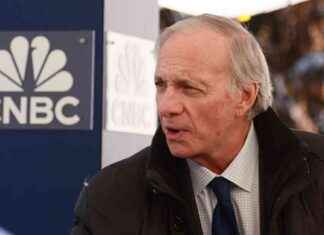Inflation in June continued to decrease as lower gasoline prices and easing price pressures provided some relief for consumers. According to the U.S. Labor Department, the consumer price index (CPI) rose by 3% in June compared to a year ago, down from 3.3% in May. The CPI measures the rate at which prices are changing across the U.S. economy, encompassing everything from groceries to household appliances.
One of the most positive developments for consumers is the significant cooling of inflation for essential items like food, gasoline, and rent. Prices for these staples have remained stable over the past year, providing some financial respite for households. Although inflation has decreased from its pandemic-era peak of 9.1% in 2022, it remains above the long-term target of around 2%.
Economists at Wells Fargo Economics anticipate that inflation will continue to decline in the coming months as input costs ease and consumer demand weakens. The Federal Reserve uses inflation data to inform its interest rate decisions, with indications that inflation is nearing the Fed’s target, potentially paving the way for a rate cut in September.
While food prices have risen modestly over the past year, there has been a general decline in grocery store prices, providing consumers with more affordability. Core inflation, which excludes volatile food and energy prices, has seen its smallest monthly increase in three years, suggesting a stabilizing trend.
Housing costs, a significant component of core CPI, have not decreased as quickly as expected, impacting overall inflation readings. However, economists project a further moderation in shelter inflation as rental market rates decline. Services inflation, particularly for items like motor vehicle insurance and medical care, remains a concern due to factors like rising labor costs.
The goods sector has shown low inflation rates as supply chains normalize, but services continue to experience inflationary pressures. The surge in demand for workers during the pandemic has led to wage growth, impacting sectors like healthcare. While wage growth has slowed from its peak, it remains elevated compared to pre-pandemic levels.
Overall, the inflation landscape is evolving, with signs of improvement in essential goods prices and the potential for continued easing of inflationary pressures in the services sector. Despite challenges, economists remain cautiously optimistic about the trajectory of inflation in the coming months.








